UD: Jan. 2019

“The other order is that of the knights. These, when there is occasion and any war occurs …, are all engaged in war. And those of them most distinguished by birth and resources have the greatest number of vassals and dependents about them”.
(Caesar. Gallic War. 6.15)
Iron Age European artistic compositions are populated by a vast array of fantastic and impossible creatures. These include a wide variety of dragonesque beasts which appear on Celtic jewelry, coinage and weapons throughout the La Tène period.

Celtic bronze brooch from Pilsen in the Czech Republic (5th century BC)

Bronze brooch from a Celtic burial at Arbedo (Ticino), Switzerland (4th c. BC)

Celtic potin (Bituriges Cubi tribe – early 1 c. BC) from Central France
One of the genuinely pan-European elements in early La Tène art is the dragon-pair motif, which is found on the upper end of the front-plate of Celtic scabbards from south-eastern Britain to the Balkans, with further examples from south of the Alps and Iberia (Stead, 1984, Megaw 2004, Megaw and Megaw 1989, Ginoux 1995). Comprising a pair of opposed S-shapes with zoomorphic heads facing inwards, the beasts represented are highly schematic, and have sometimes been thought of as griffons rather than dragons.

Dragon-pair decoration on a Celtic iron scabbard discovered in the nineteenth century in the river Thames at Battersea and Hammersmith, London (Stead:1984). A further example was also found in the Thames, and a derivative of the dragon-pair motif at Fovant (Wiltshire), also in England (Jope 2000:278).

Scabbard fragment with Dragon Pair decoration discovered in the Celtic hillfort at Ensérune (near Nissan-lez-Ensérune), France
Although earlier studies (Jacobsthal (1944:46, De Navarro 1972:229) saw these motifs as evidence of orientalizing influences in early Celtic art, or even as a direct Scythian introduction into eastern Central Europe, subsequent discoveries in the west have now rendered this view obsolete. The earliest incidence of a dragon-pair has conventionally been the example from an old and never fully published burial from Saint Jean-sur-Tourbe in the Marne, which should belong to an early La Tène phase (Harding 2007).


Celtic sword in scabbard with dragon-pair motif, and detail of decoration – from a recently discovered Celtic warrior burial at Chens-Sur-Léman (Haute-Savoie), France (late 4th/early 3rd c. BC)
(after Landry, Blaizot 2011)

Celtic scabbard with dragon-pair motif recently discovered in a warrior burial at Wöllersdorf-Steinabrückl (Niederösterreich), Austria (3rd c. BC)
Dating to the late 4th/3rd century, dragon-pair scabbards are also well represented in Eastern Europe, in association with the Hungarian scabbard style, as at Halimba, Jutas 3, Kosd, and Szob (Harding 2007). Other examples have been registered at Celtic warrior burials in Plovdiv, Bulgaria and Pisçolt in Romania (Megaw 2004, Szabó and Petres, 1992, Pl. 96). Interestingly, a variant of the ‘Dragon Pair’ motif is also to be found on a bronze Celtic chariot fitting from Bobata Fortress (Schumen region) in north-eastern Bulgaria, also dating to the 3rd c. BC.

Bronze chariot fitting with ‘dragon-pair’ motif from Bobata fortress (Schumen), Bulgaria
(see: https://www.academia.edu/5420363/THE_TYLE_EXPERIMENT)
*2 Dragon-pair scabbards were also found during excavations in the 1990’s of Celtic burials in the center of Plovdiv, Bulgaria. Sadly, these have subsequently been stolen / disappeared from the Regional Museum in Plovdiv.


Sword / scabbard, decorated with dragon-pair motifs, from a Celtic warrior burial at Pişcolt (Satu Mare) in Transylvania
(3rd c. BC)
 Celtic scabbard with Dragon-Pair motif from the Celtic (Scordisci) site at Osijek Ciglana-Zeleno polje in eastern Croatia
Celtic scabbard with Dragon-Pair motif from the Celtic (Scordisci) site at Osijek Ciglana-Zeleno polje in eastern Croatia
(3 c. BC)
The pan-tribal nature of the dragon-pair scabbards, a unique phenomenon in Celtic Europe, logically raises the question of whether this motif had a significance beyond simply an artistic device. That a distinct warrior class/elite existed in Celtic society is a well documented fact, and the possibility exists that the dragon-pair insignia, which cross geographical and tribal borders, represented a special group within this warrior class, i.e. a pan-European order of elite warriors.
Mac Congail
Literature Cited
De Navarro, J. M. (1972) The Finds from the Site of La Tène, Vol. 1, Scabbards and the Swords Found in Them, London, British Academy, Oxford University Press.
Ginoux, N. (1995) ‘Lyres et dragons, nouvelles données pour l’analyse d’un des principaux
thèmes ornementaux des fourreax latèniens’, in J. J. Charpy (ed.) (1995): 405–12.
Harding D.W. (2007) The Archaeology of Celtic Art. Routledge
Jacobsthal, P. (1944) Early Celtic Art, 2 vols, Oxford, Clarendon Press.
Jope, E. M. (2000) Early Celtic Art in the British Isles, Oxford, Clarendon Press.
Landry C., Blaizot F. (2011) Une Sépulture De Guerrier Celte À Chens-Sur-Léman (Haute-Savoie). In: Revue Archéologique de l’Est, t. 60-2011, p. 147-171
Megaw, R. and Megaw, J. V. S. (1989) ‘The Italian Job: Some Implications of Recent Finds of Celtic Scabbards Decorated with Dragon-pairs’, Mediterranean Archaeology, 2: 85–100.
Megaw J.V.S (2004) In The Footsteps of Brennos? Further Archaeological Evidence for Celts in the Balkans. In: Zwischen Karpaten und Agais. Rahden /Westf. p. 93-107
Stead, I. M. (1984) ‘Celtic Dragons from the River Thames’, AntJ, 64: 269–79.
Szabó, M. and Petres, É. F. (1992) Decorated Weapons of the La Tène Iron Age in the Carpathian Basin, Budapest, Magyar Nemzeti Múzeum.


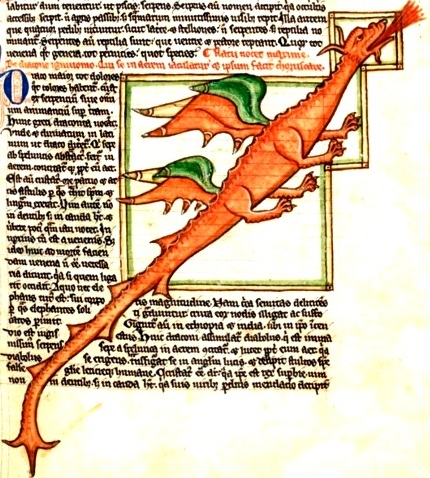


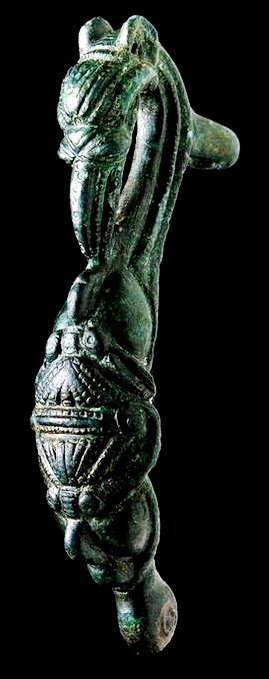


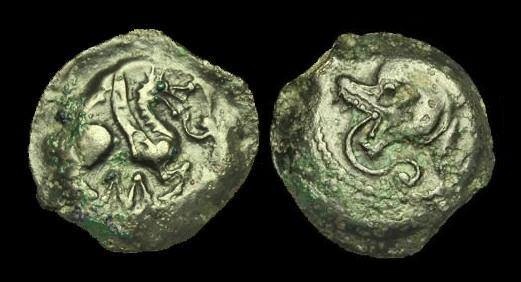




















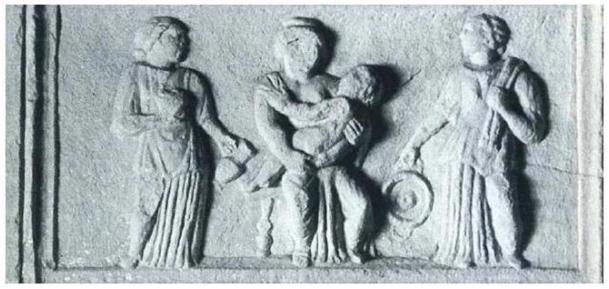



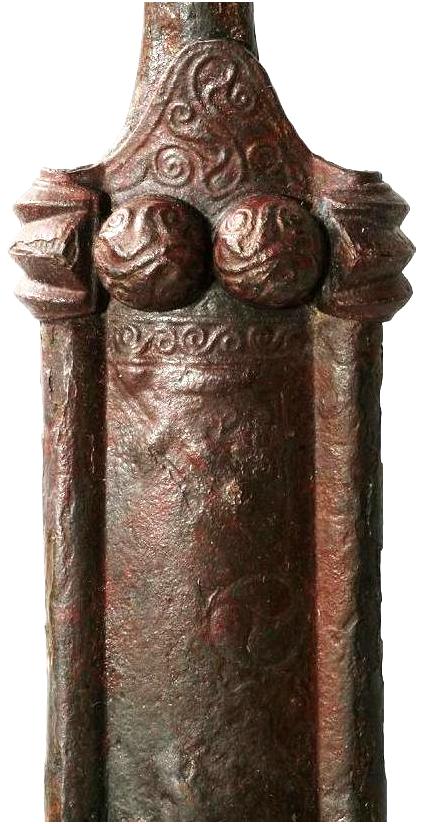


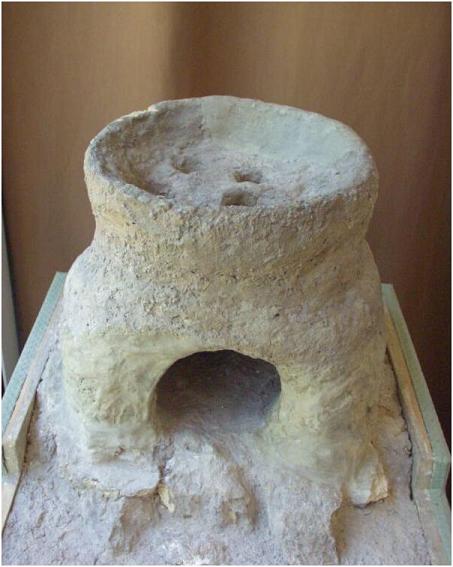


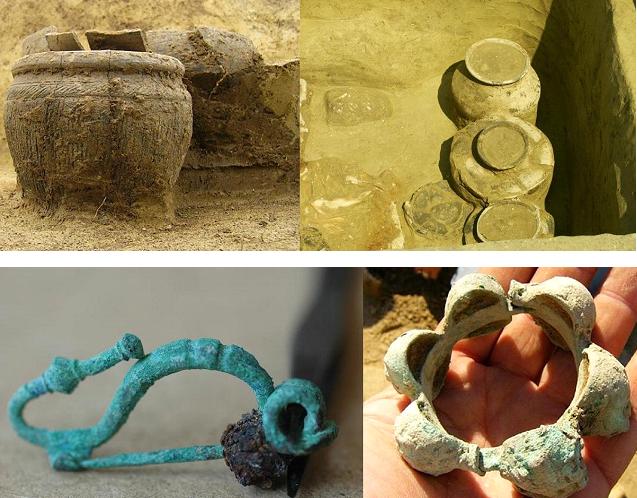

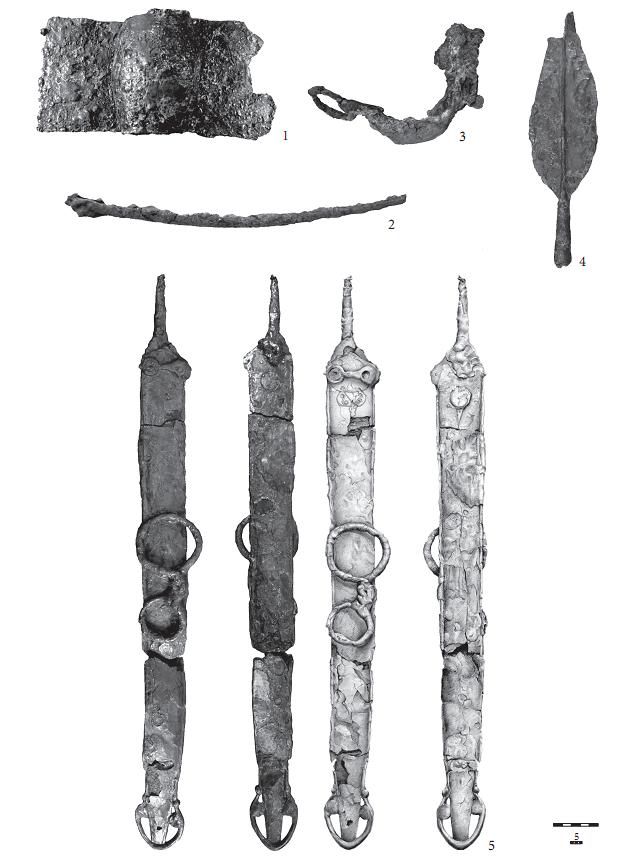
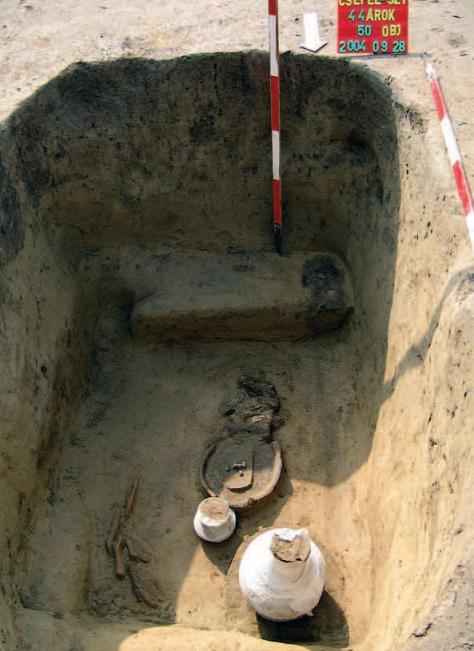













 Celtic scabbard with Dragon-Pair motif from the Celtic (Scordisci) site at Osijek Ciglana-Zeleno polje in eastern Croatia
Celtic scabbard with Dragon-Pair motif from the Celtic (Scordisci) site at Osijek Ciglana-Zeleno polje in eastern Croatia